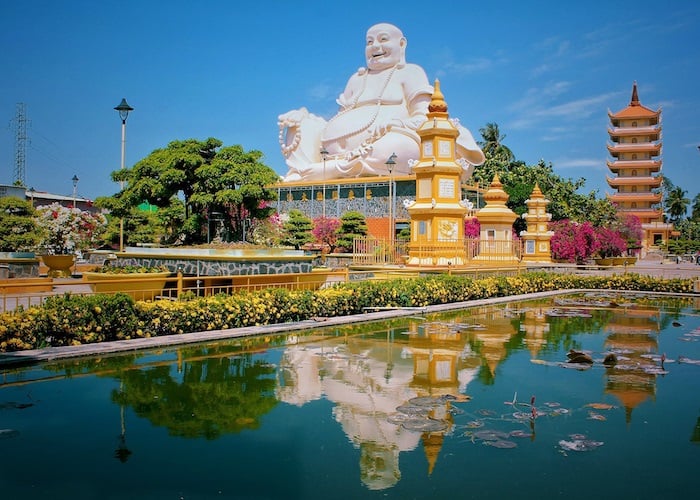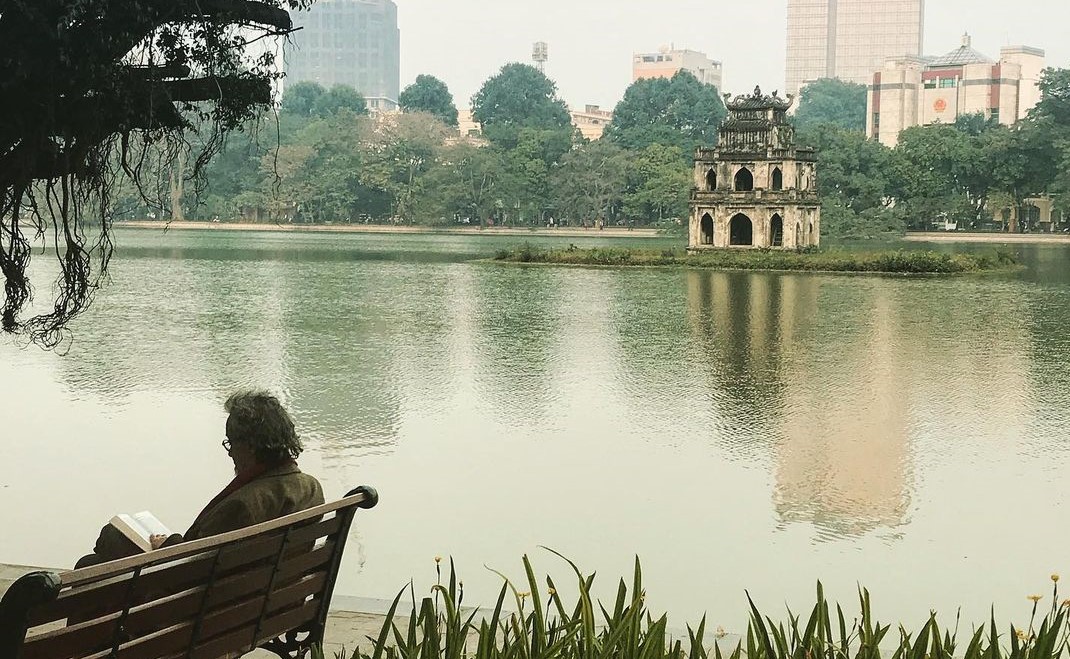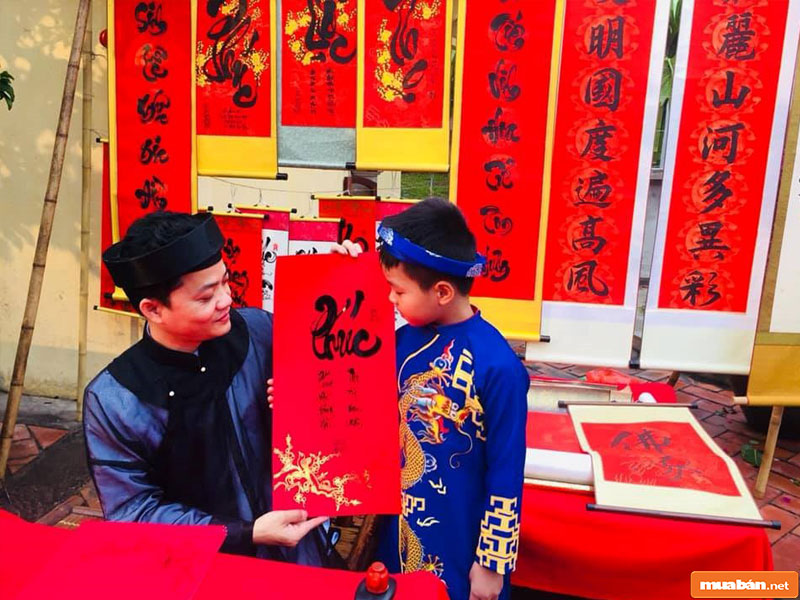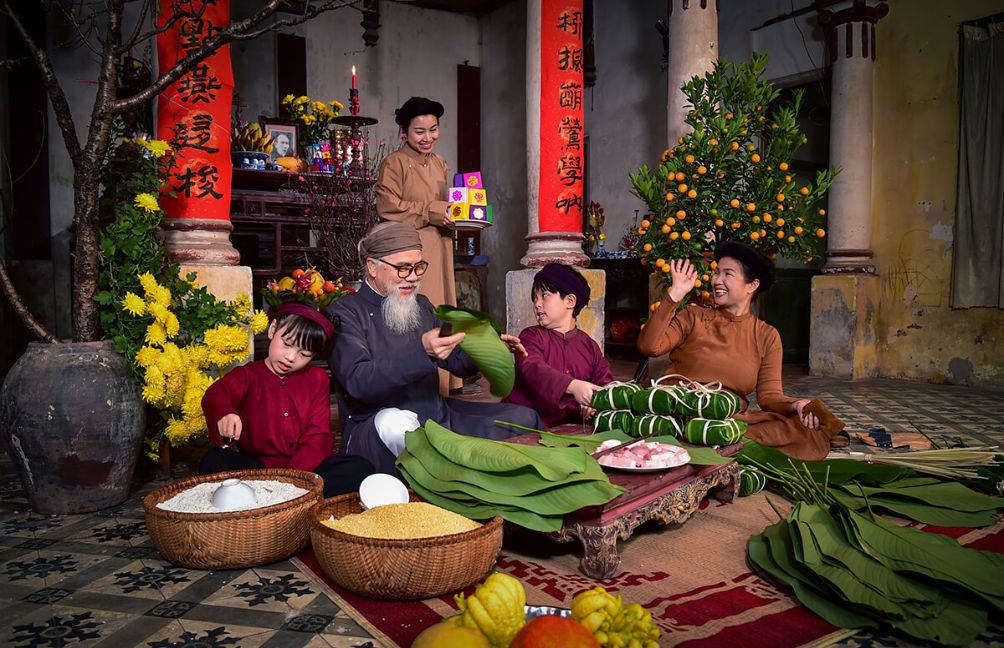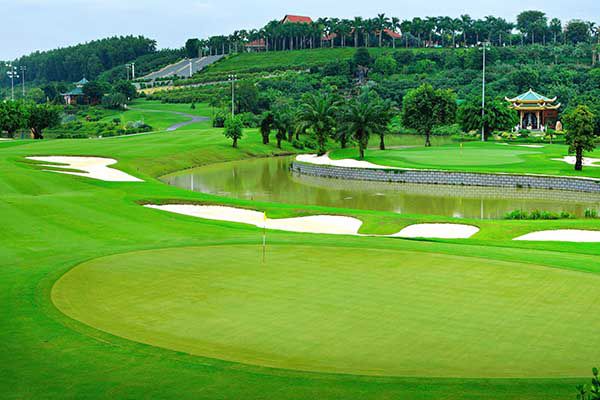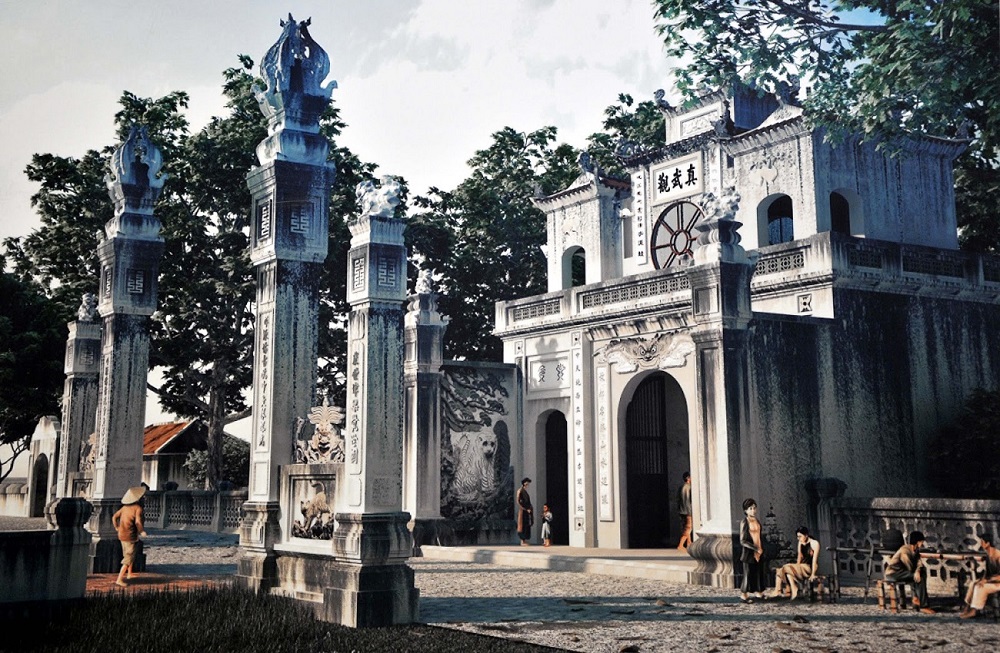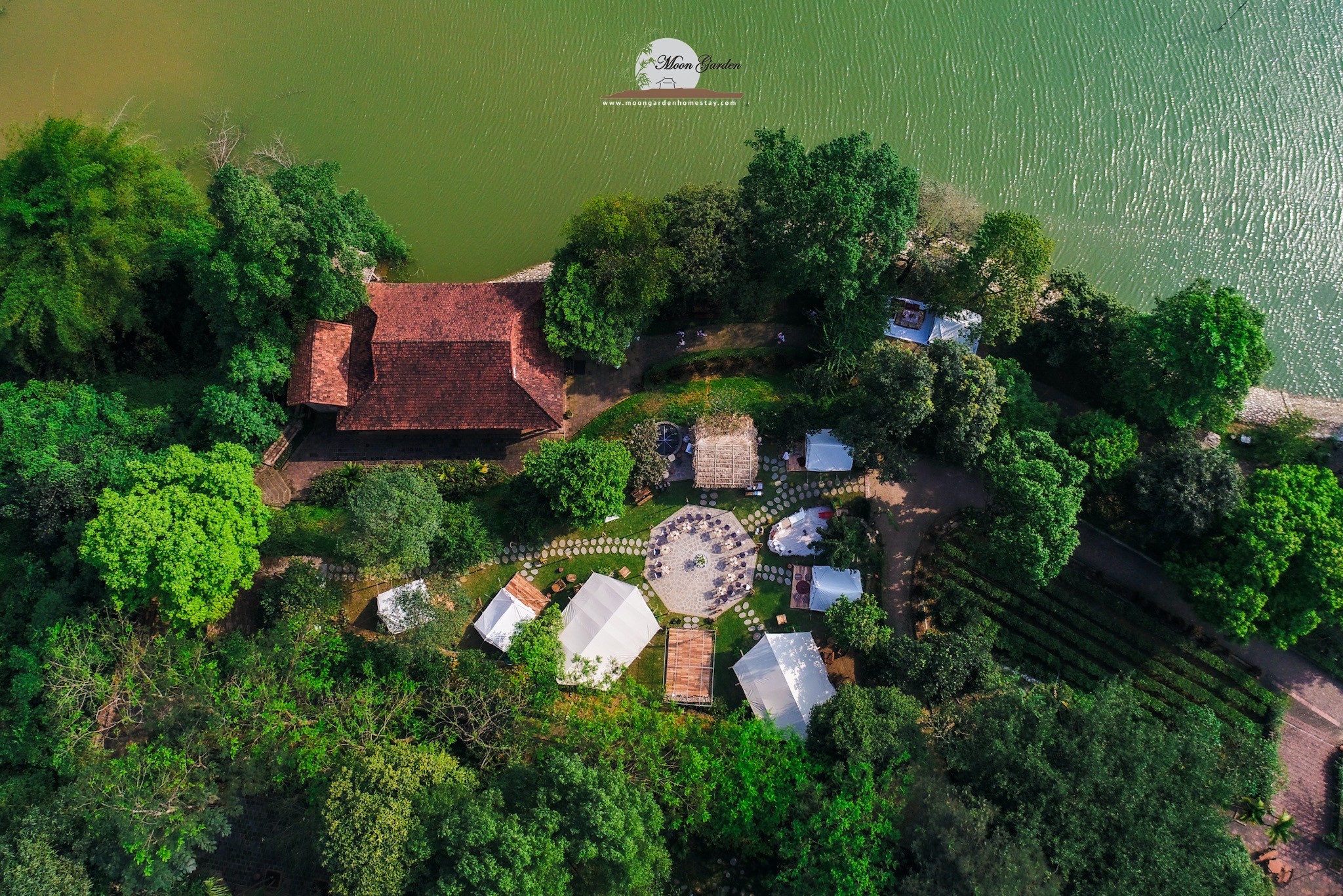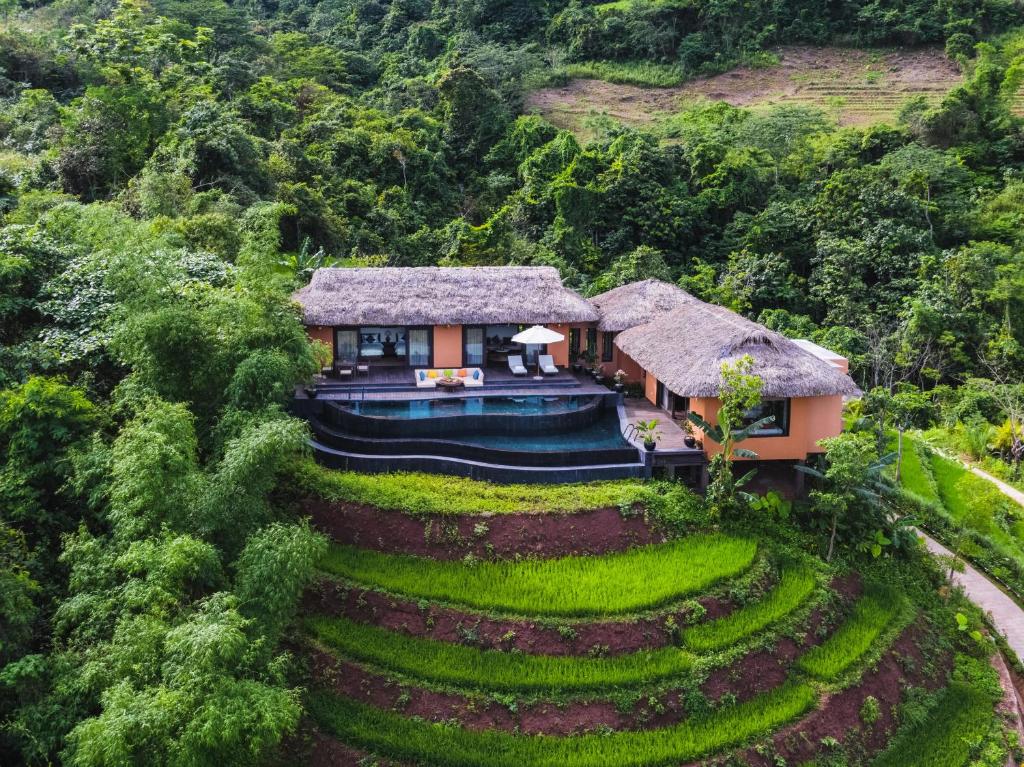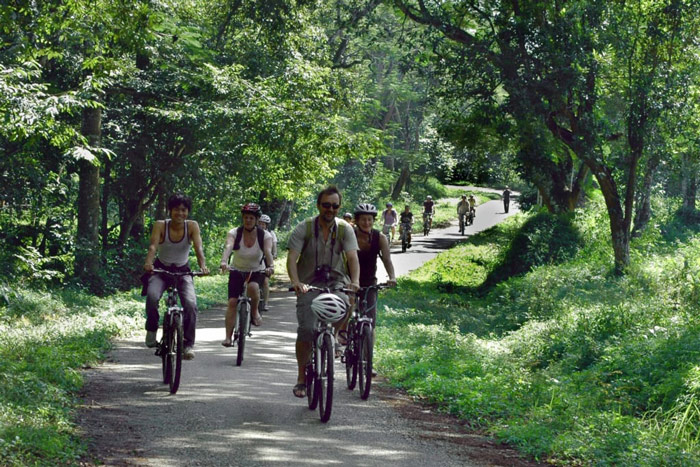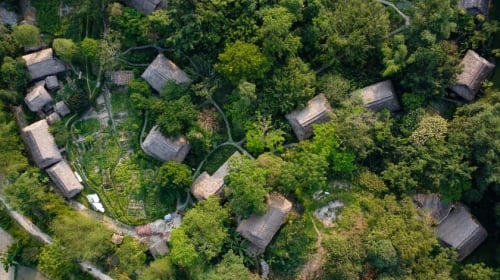Bokeo is a province in northwestern Laos. Bokeo’s capital is Ban Houayxay, which borders Thailand’s Chiang Khong province on the Mekong River.
Brief about Bokeo province Laos
Bokeo is considered a “gold mine”; Formerly Hua Khong, meaning “upstream of the Mekong River”, was a northern province of Laos. It is a small province and has the lowest population density in the country. Bokeo province covers an area of 6,196 km². Bokeo Province borders Luang Namtha Province to the northeast, Oudomxai Province to the east, Xaignabouli Province to the south, Chiang Rai Province of Thailand to the southwest, and the Shan State of Myanmar to the west and northwest. The province has 5 districts (Houay Xay district, Tonpheung district, Meung town, Pha Oudom district, and Paktha district) and is rich in precious and rare stone resources.
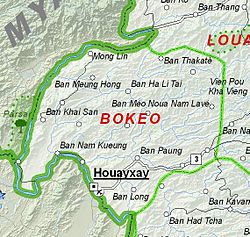
The capital of Bokeo province is Ban Houayxay, on the Mekong River. The province is part of the “Golden Triangle”, which borders Myanmar and Thailand. The province has 34 ethnic groups living. Houay Xay is a town bordering Thailand and the regional economic center.
Bokeo’s geographical location
Bokeo is bordered by Luang Namtha Province to the northeast, Oudomxai Province to the east, Xaignabouli Province to the south, Thailand to the southwest, and Myanmar to the west and northwest. The main residential areas include Houay Xay, Mong Lin, Ban Thakate, Ban Meung Hong, Ban Ha Li Tai, Ban Khai San, Ban Nam Kueng, Ban Long, and Ban Paung.
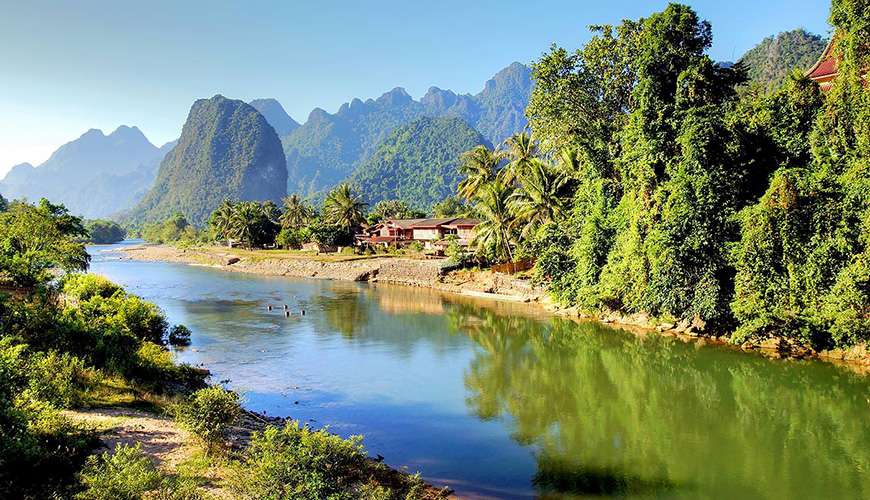
The province’s Nam Nga River flows through the Bokeo Biosphere Reserve and is located between the Mekong River bordering Thailand and Burma and also along the main trade route with China.
The population of Bokeo Province
The population of the province is 179,300 people, as of 2015, living in 36 towns with more than 400 villages. The province has 34 ethnic groups, including Akha, Hmong, Khmu, Kalom, Kuy, Lamet, Lao Huay, Mien, Museo, Ngo, Phai, Phu Thai, Phuan, Phuvan, Samtao, Shan, Tahoe, Thai Daeng, Tai Dam, Tai Khao, Tai Lue, Tai Nua,…, and the Chinese.
The number of ethnic minorities in the eastern province ranks second after Luang Namtha province. Most are Lantern, Hmong, Lahu, Yao, Akha, and Tai Lue. The Lahu, a Tibeto-Burmese-speaking ethnic group belonging to the large ethnic group in northern Myanmar and Thailand, is also present here in large numbers.
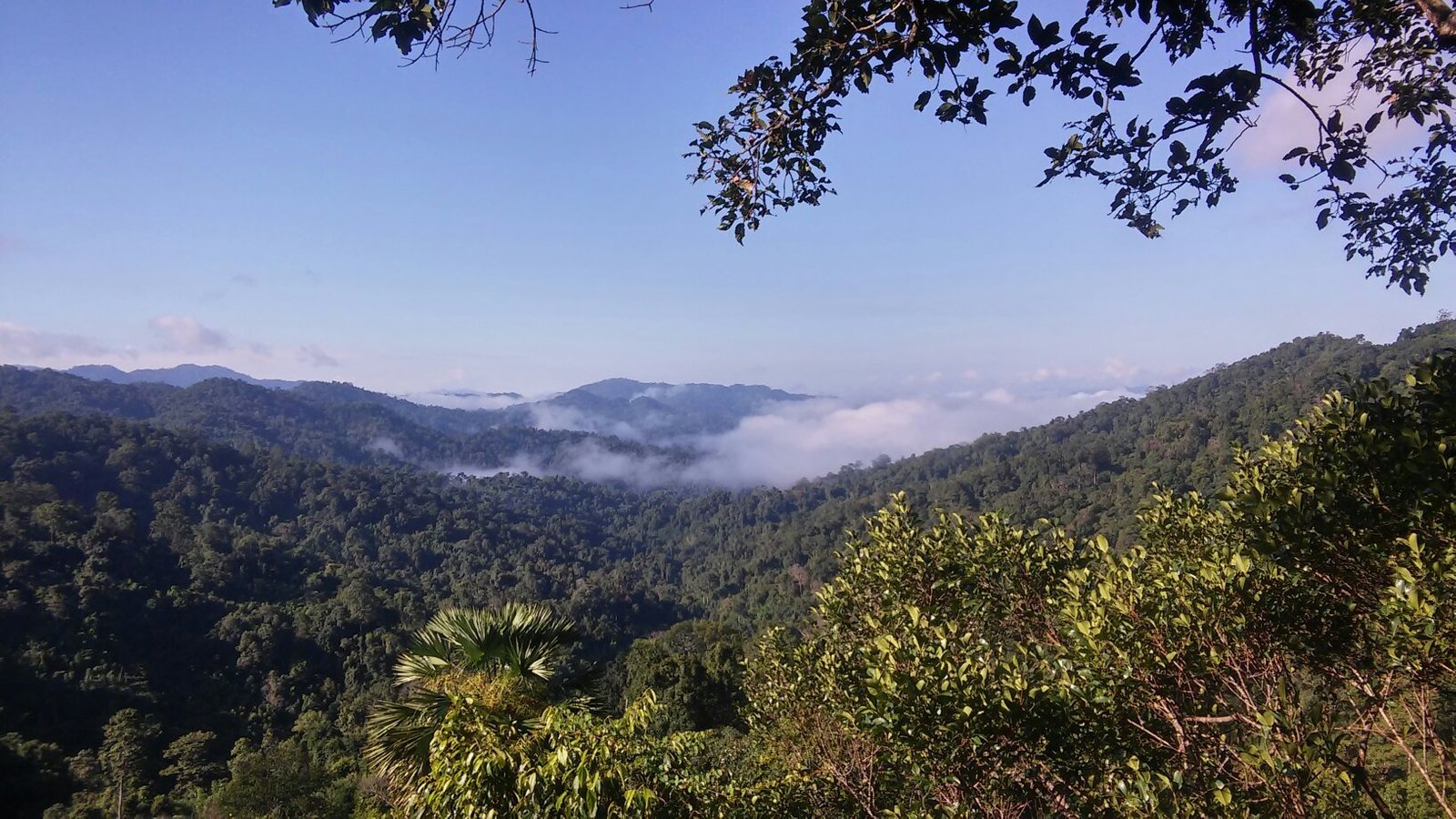
History of Bokeo
Bokeo (meaning “gold mine”) got its name after a sapphire mine was discovered and mined in Houay District. A Buddha image dating to 1458 is located in Wat Jom Kao Manila, a temple built in 1880 of teak in the Shan architectural style. Fort Carnot is another historic site managed by the French colonial empire during the French colonial period, now with the Laotian army.
The province was created in 1983, including a part of the land separated from Luang Namtha province. In 1992, muang Paktha and muang Pha Oudom were added in Oudomxay province.
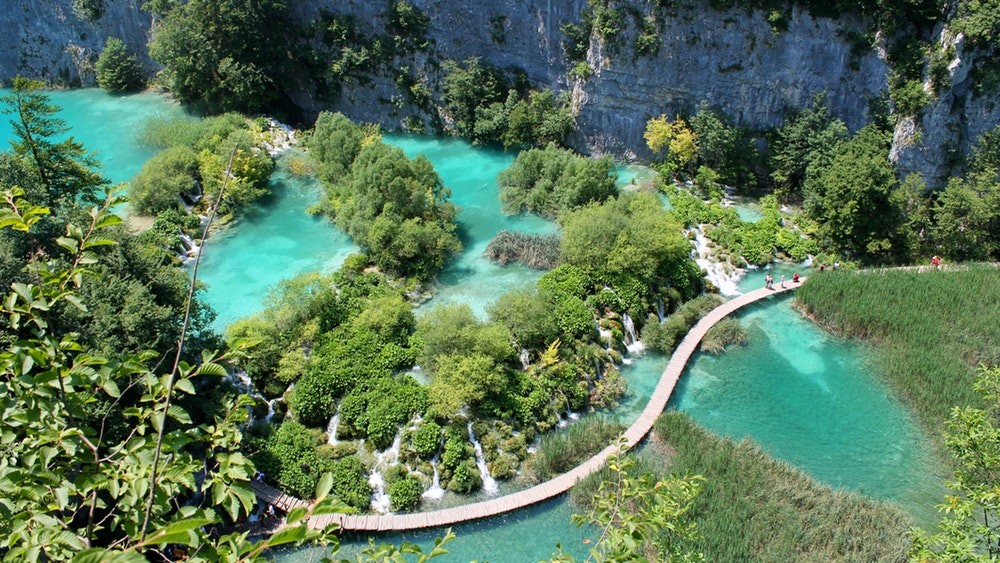
In ancient times, the town of Houay Xay was a major trading center on the inter-connected transportation route between China’s Yunnan province and Thailand, especially for Chinese goods.
Famous Bokeo Nature Reserve
The Bokeo Nature Reserve was created to protect the black gibbon (also known as the “black-cheeked gibbon”, discovered in 1997, previously thought to be extinct. Wild animals move through the Reserve; bears and tigers are also present. The reserve is characterized by a mixed deciduous forest and mountainous terrain (altitude ranges from 500-1500m).
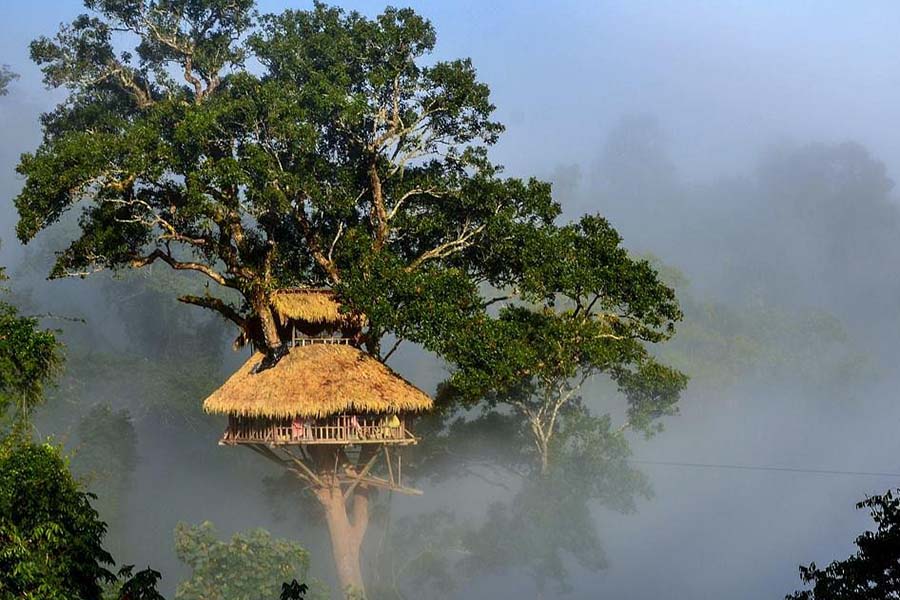
The total area of the reserve is 136,000 hectares, including 66,000 hectares in Bokeo Province and 70,000 hectares in Luang Namtha Province with rare endemic species such as the black and white lemur (Nomascus concolor) being other common species that are also protected. guard.
A part of the Bokeo nature reserve is also planned for people to use for farming purposes and a part for eco-tourism.
Operating and protecting Bokeo nature reserve is The Gibbon Experience tourist area, which has been allowed by the Lao government since 2007. They exploit tourism in the direction of preserving nature and creating jobs. jobs for local workers, and support local people to develop sustainable agriculture. This is a model for ecotourism in the form of nature, discovery, and environmental protection.
Houayxay is the capital of Bokeo province
Most tourists visit Houayxay as a stopover when visiting the town because it has a great landscape for you to enjoy outdoor fun such as hiking, kayaking, and biking. Its laid-back setting appeals to those who want to sample some local beer, relax on the banks of the Mekong, and enjoy authentic Laotian food.
This district is located on the Mekong River, the regional ecosystem due to the alluvium of the Mekong River should have endemic fruits which are mainly tropical fruits such as Macadamia, Mango, Orange, and tangerine…
Opposite Chiang Khong of Thailand is the northernmost border of the two countries. These two districts are connected by ferry. Houayxay is the terminus of Highway 3 connecting Boten of Yunnan and Luangnamtha with Thailand.
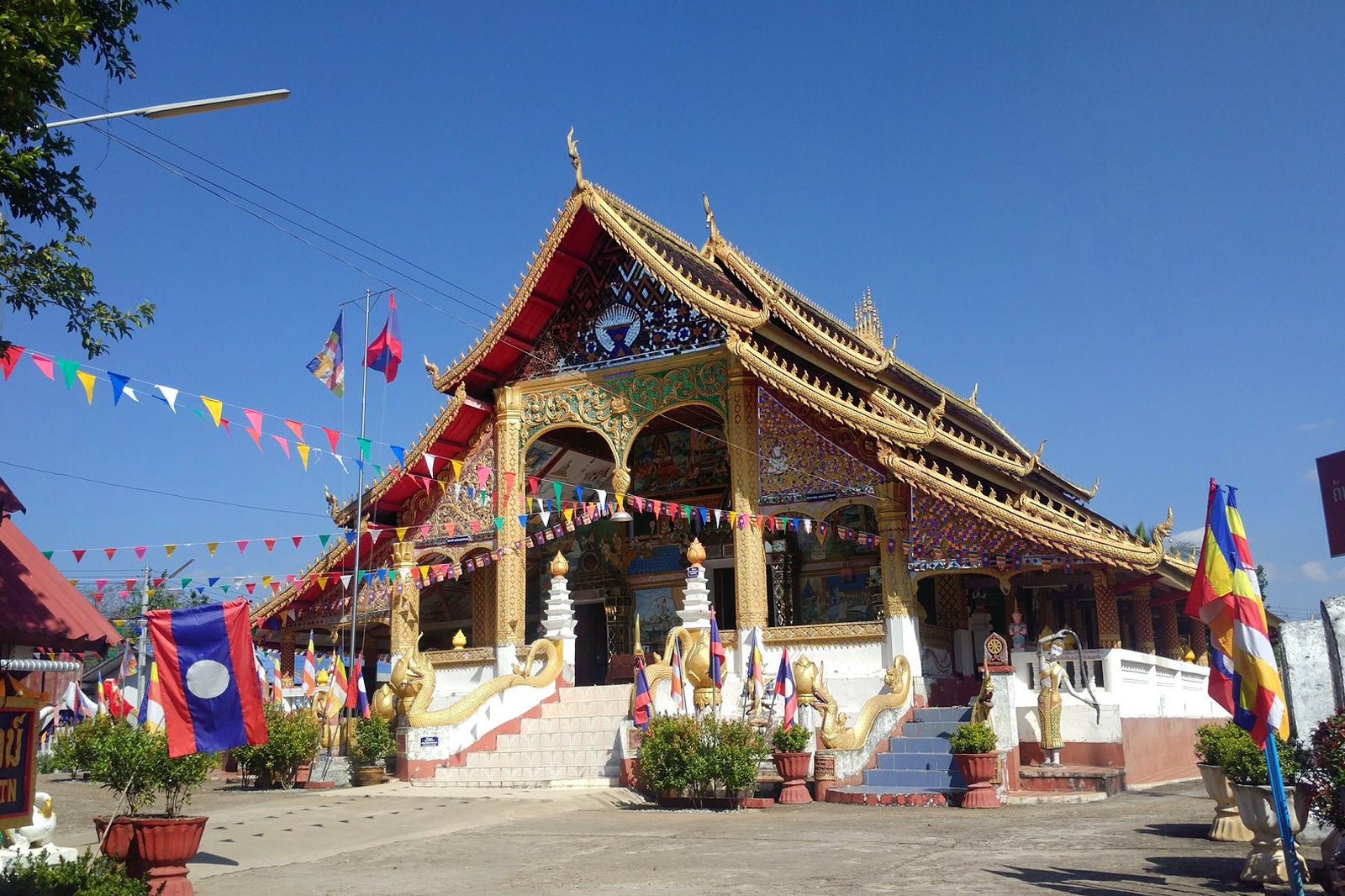
Houayxay has a domestic airport with flights to Vientiane and Luang Prabang. The most popular means of transport are boats and ferries down the Mekong to Pakbeng, Luang Prabang, and elsewhere.
Above are a couple of introductions about Bokeo. If you have a chance to travel to Laos, remember to visit here once to experience immersing yourself in the unspoiled nature of the mountains. You will definitely have a wonderful experience
Design your private trip with Passionate Travel HERE
Contact Passionate Travel
Hotline: (+84) 915 784 369
Facebook: https://www.facebook.com/passionatetravelvn/
Email: sales@passionate-travel.com

 VIETNAM
VIETNAM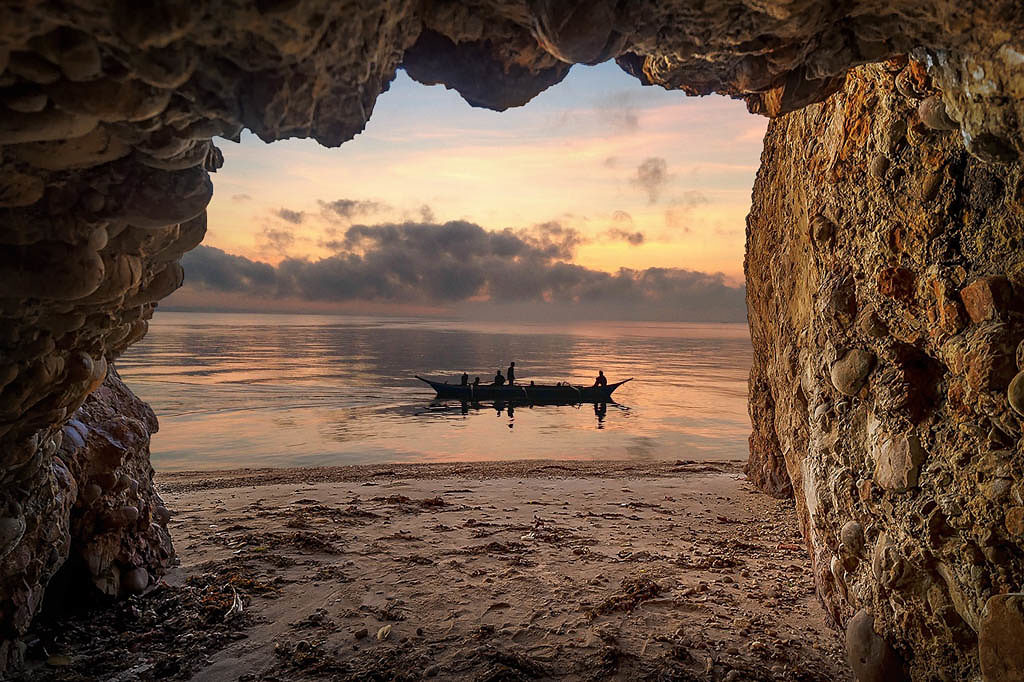 LAOS
LAOS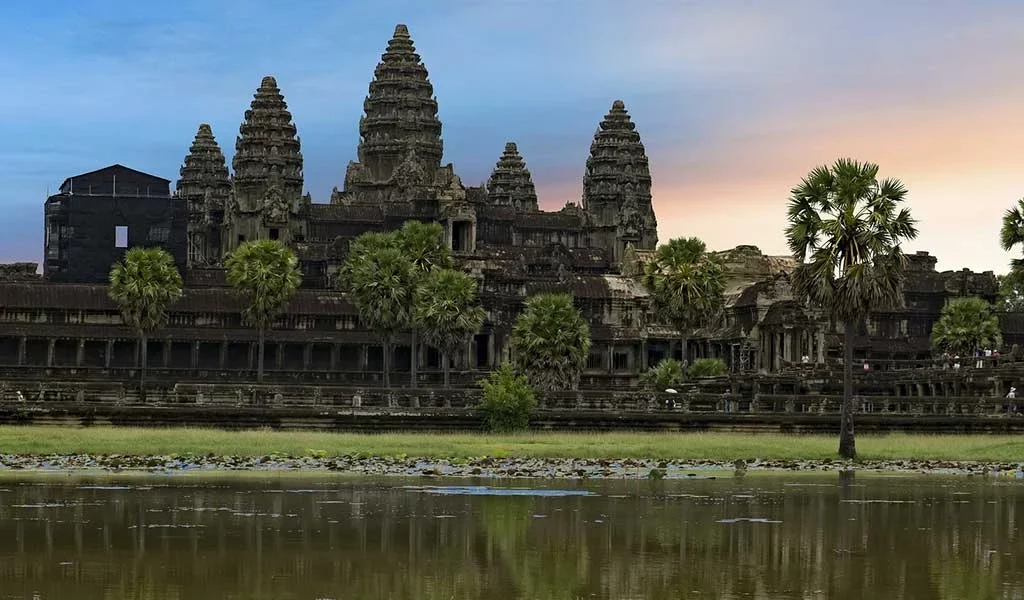 CAMBODIA
CAMBODIA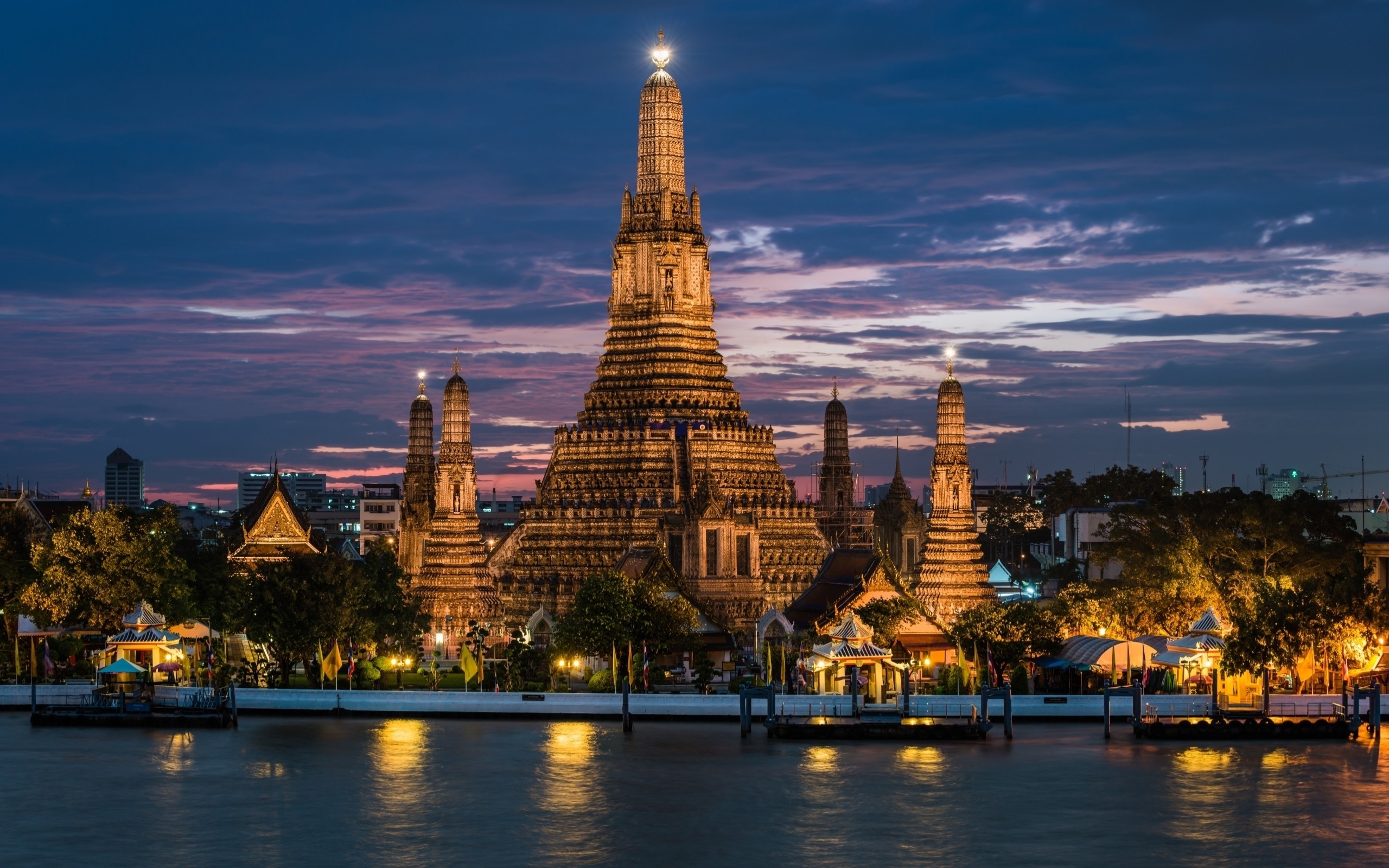 THAILAND
THAILAND